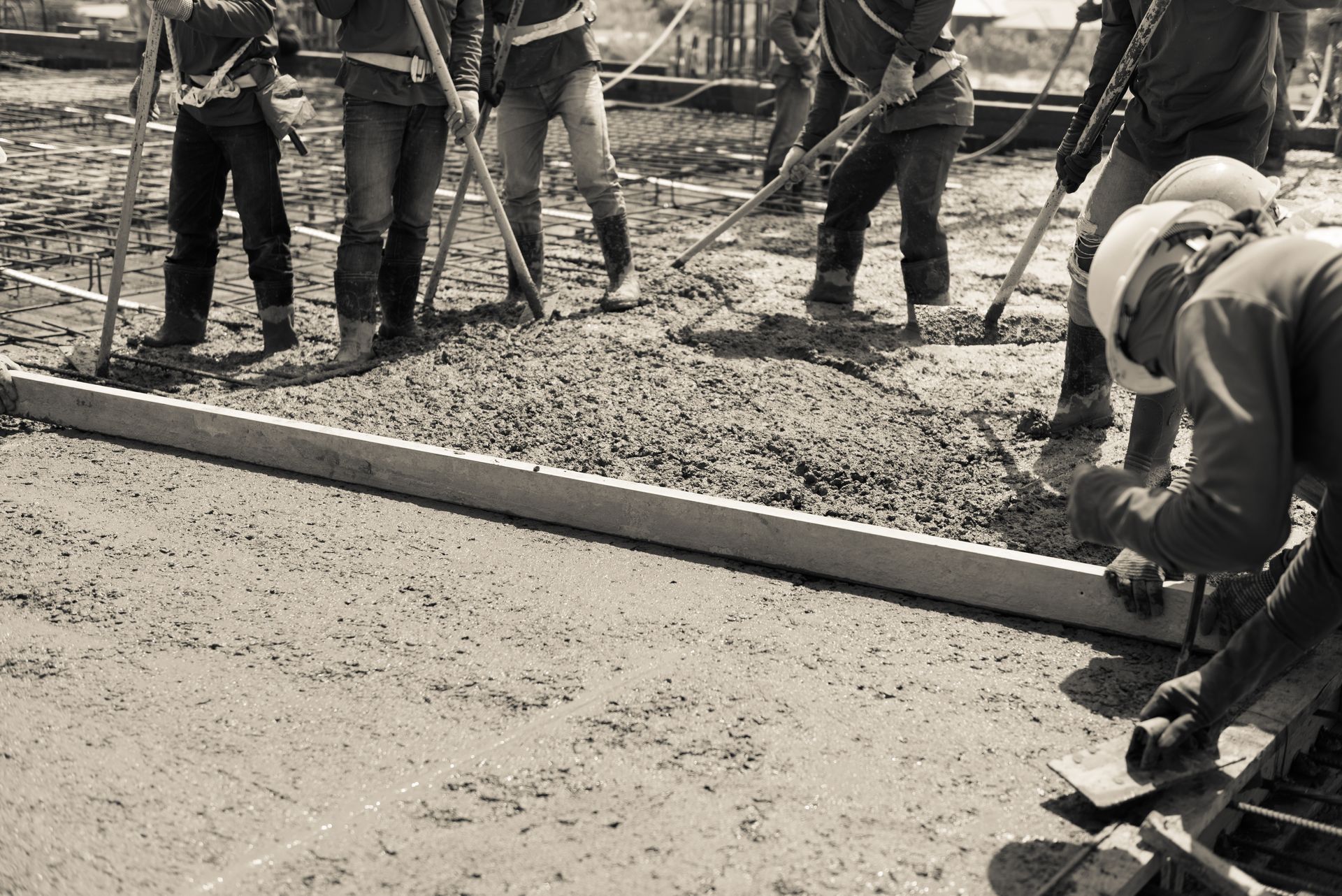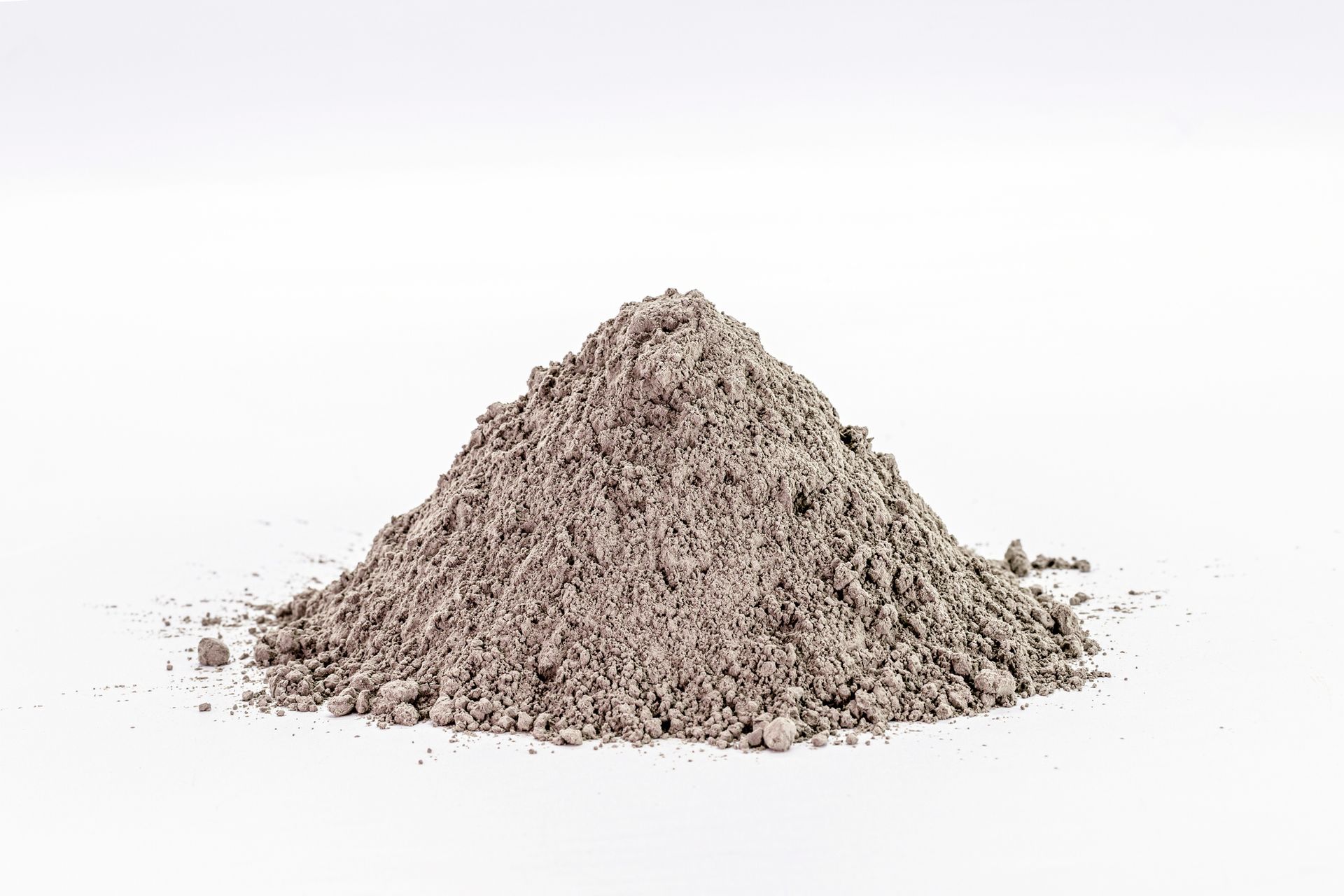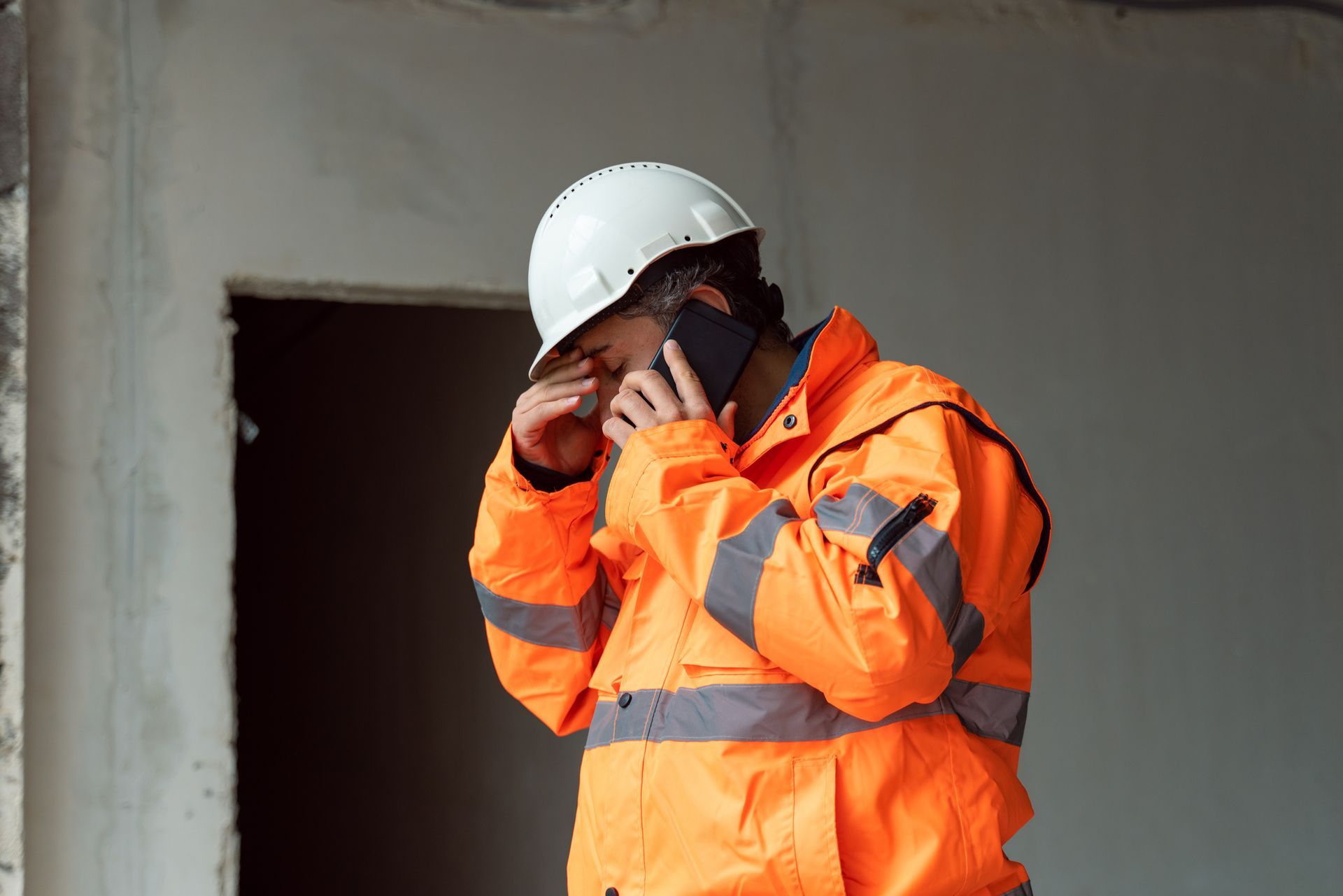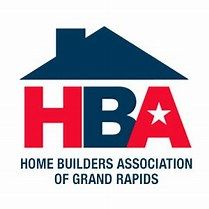Stamped Concrete vs pavers
Stamped Concrete vs Pavers
One question many people ask is which product is best- pavers or stamped concrete? This is because the two are viewed as competing products-to homeowners and to contractors. Both are made from the same material-concrete. Since most concrete companies don’t install pavers and most paver installation companies don’t do stamped concrete, the two often try to highlight the negatives of the other’s product. The truth is that all paving materials have different looks, and each have their advantages and limitations.
When it comes to appearance, pavers often have more variation in color from stone to stone during a typical installation than stamped concrete. It’s fairly easy to vary this color while laying the pavers. It’s also easy to create borders and to inlay different features into the paver work. Stamped concrete tends to have coloring in two main color shades. It’s not quite as easy to do inlays, and creating more than two color shades like those seen in pavers requires additional staining processes and labor. One of the advantages stamped concrete has is that there are many more color options available than with pavers. While most pavers come in only three or so color groups, stamped concrete has a wider color palette to choose from, so getting close to a desired color is much easier.
With stamped concrete, weather becomes a factor for installation. We won’t pour concrete patio if rain is probable. Rain can be extremely damaging to concrete. A large amount of water can hurt the texture and surface strength of concrete. The temperature outside also impacts the performance of concrete. If it’s too cold, the concrete can freeze. If it is too hot, the concrete will harden too quickly, which reduce working time for placement and stamping. Curing concrete too quickly can also reduce concrete strength. In theory, paver installation could take place in the rain, and could be done in high heat and sub-freezing conditions, while stamped concrete could not.
An almost universal theme pointed out by paver installers is that concrete cracks. While this is true, complaints are not about the actual cracking; rather, they are about cracking in unplanned or unwanted places. Most of the time, concrete cracks where we want it to-in control joints. When this happens, there aren’t any complaints. That being said, there is no guarantee that unwanted cracks won’t happen, and I won’t pretend there is. But pavers have negatives too.
Pavers are just small pieces of concrete that is installed with thousands of premade cracks. While this can nice because it mitigates unwanted cracking, it creates other issues not prevalent in poured concrete. One of these problems is that those gaps need to be grouted. While actual grout or mortar are typically used on inside applications, most exterior paver projects use either sand or a product called polymeric sand. Polymeric sand has polymers in it that activate when water is added. These polymers create a glue that sets the sand and pavers in place. This sand needs to redone periodically if the pavers remain stable. Any type of ground movement in the base, however, will cause this grout to pop out and it can cause the pavers to heave or sink. While I have seen some heaving from frost, far more often the pavers sink due to bad compaction beneath them. Like concrete, paver installers do extensive base preparation. Unfortunately, there is no substitute for time and the effects of gravity. A very small soft spot in the base is not an issue with poured concrete. The slab acts like a bridge over that soft spot and it will not be an issue. However, a paver patio will sink in that area because of how small the pavers are. They act like individual units rather than as a slab. Areas like home foundations and swimming pool walls require that the ground be dug out down to below the frost line, which is 42” in our area. In order to install a foundation or pool wall, a contractor needs to be able to walk around and work next to where the wall will go to install footings. This means that the ground around walls is dug back three or four feet from the edge of the wall. When the walls are done, they are filled back in with dirt or sand. No matter how well they are compacted (which usually isn’t very well), the ground will often take several years before it finishes settling. Ultimately, groundwater and gravity are the forces that create final ground compaction, and those things work over a long period of time. While a slab of poured concrete bridges over this gap, pavers do not. From my experience, pavers used in new construction in these places need to be removed and reset a few times over the years before they stop settling.
While a poured concrete slab does well with weight distribution, placing a hot tub on a paver pad is a project sure to go wrong. If you research this online, you will find that you are told that hot tubs can be placed on pavers. However, further reading tells you that they should be placed on the recommended base, which is…..poured concrete. If you want a high-end look, you could pay for stamped concrete or you could pay for regular concrete and then pay for pavers. Seems like a no brainer to me.
This brings us to an additional negative of pavers, which is the cost. When comparing stamped concrete vs pavers cost, stamped concrete is less money to install. Although some online pricing guides may list the two products with overlapping prices (see our blog article regarding these guides), I have never found that to be the case. Paver installation is always more money by a significant amount. And if you think about it, this makes sense! You have the cost of producing a concrete product in a factory, usually a long distance away, and then shipping that heavy material to a local supplier. Then there is the added cost associated with expensive base preparation. Unlike poured concrete, pavers don’t do well when installed on a sand base. They need to be installed on a more stoney base like gravel, or chips and dust. These materials cost more money than sand. There is also more time required for extra excavation and hauling away that extra sand or dirt. Finally, installing the paver units is also more time and labor intensive than that of stamped concrete. Rather than checking how forms slope when setting a slab for concrete, each individual paver unit needs to be set with a level.
As a concrete contractor, I try not to talk negatively about a different product just to sell my own. Pavers provide a different look than stamped concrete. They are good in the right applications, and we work with landscapers and builders who install them. Sometimes, both can be used together. The attached pictures show jobs where another contractor installed pavers, and we did the stamped concrete work. In one, we locked in an existing paver patio by installing textured concrete around it. In the other, we poured a stamped concrete driveway. We formed the edges lower than the main driveway to create a border base, on which pavers were placed. The landscaper also used pavers to create a path around a pond that became a front walk.









CONTACT INFORMATION
Phone: (616) 254-7197
Address: Rockford, MI 49341
BUSINESS HOURS
- Mon - Sat
- -
- Sunday
- Closed


